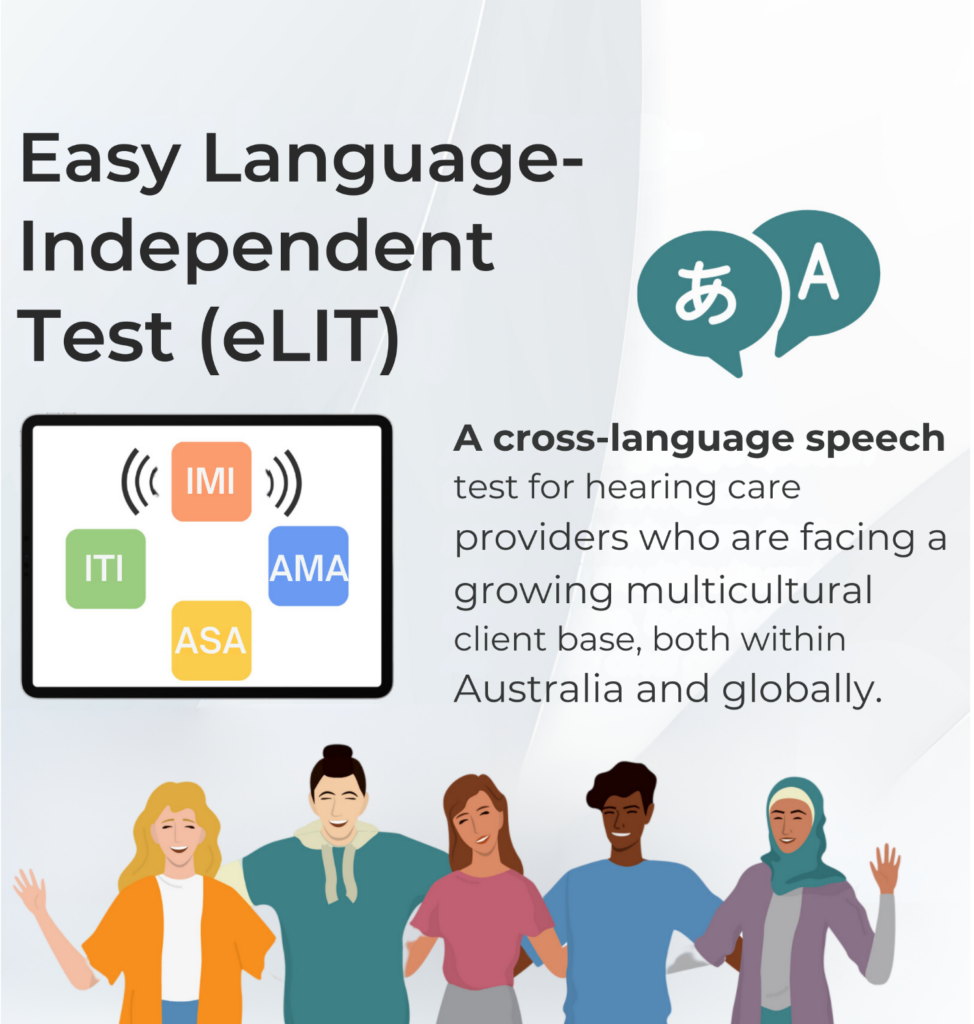Development and validation of an online format speech test to support the expansion of telehealth rehabilitation services
Project goals and methodology
The most common complaint in all age ranges from the hearing impaired population is the inability to hear well in background noise. Specific hearing deficits can generally be categorized into loss of audibility and loss of clarity. Hearing aids are medical devices designed to rectify the audibility issue, with an emphasis on speech signal while not making loud sounds uncomfortably loud. To conduct the fitting, candidacy for hearing aids needs to be determined first by identifying areas of difficulty and needs. Alongside with pure tone audiometry, Speech-in-noise (SIN) assessments are objective measuring tools to help with determining the area and degree of hearing difficulties and selecting appropriate amplifications with hearing aids. There are several forms of speech-in-noise tests available at present, for example, sentence test (Bench et al., 1979; Nilsson et al., 1994; Wilson, 2003; Killion et al., 2004) , Digits-in-Noise (DIN) test (Kwak et al., 2022; Smits et al., 2013; van Wieringen & Wouters, 2008; Wilson & Weakley, 2004) and nonsense syllables (Ahlstrom et al., 2014; Dubno et al., 1982; Phatak et al., 2009) . Although different types of assessments provide different perspectives on the magnitude of impairment, these tests are all sensitive and valuable tools for measuring speech perception of hearing-impaired listeners. However, a major potential issue with these language-based assessments is that results could be significantly affected by different levels of proficiency in the language that is used to administer the test (Kilman et al., 2014; Moberly et al., 2018).
Australia is one amongst the most culturally diverse countries in the world. Results from a recent census indicated that 29.8% of the population were born overseas, and 22.3% of the population speak a language other than English at home (Migration, Australia, 2019-20 Financial Year | Australian Bureau of Statistics, 2021) . This diversity urges for an effective while universal speech test to serve the Australians for hearing health care purpose, irrespective of their language and culture background.
A language independent speech discrimination test (i.e., LIT test) has been developed at NAL based on a series of strictly selected nonsense syllables (vowel-consonant-vowel or VCV syllables), after reviewing the phonemic inventories in the 40 most common languages in the world (Ching et al., 2022) . Using the classic “odd-man-out” task, this consonant discrimination test showed high sensitivity in predicting potential benefits from Cochlear Implant (CI) devices for people who only receive limited help with their Hearing Aids. Therefore, it has been used as a screening tool to help with determining CI candidacy. For people with less sever hearing difficulties (e.g., normal hearing or up to moderate hearing loss), however, the LIT test would not be sensitive enough due to the intact/largely intact peripheral hearing. A different format of test therefore needs to be developed for the diagnosis of hearing deficits in this population. Ideally this new test will remain language independent, requires a short amount of time to administer and can be implemented remotely (e.g., online or on mobile terminals) to support the expansion of telehealth rehabilitation services at Hearing Australia.
Based on existing materials, to explore opportunities to develop a remote applicable language independent speech test and validate its accuracy and sensitivity. Use nonsense speech syllables and a visual world paradigm to acquire muti-fold diagnostic information (i.e., speech identification threshold and confusions) from normal hearing and hearing impaired people.
Key findings
Compared to the BKB-sentence test, this newly developed eLITE test:
- – is nearly twice as fast to complete compared to the BKB-sentence test
- – showed good test-retest reliability over 3 repeated measures for both unaided and aided listening conditions which is comparable to the standard BKB-sentence test
- – showed good sensitivity to hearing impairment and hearing aid benefit
- – required similar level of task effort compared to the BKB-sentence test
- – Feedback from interviews with clinical audiologists suggests that eLITE test is “suitable for non-English background client”, “straightforward” and “easy to use”, yet improvements could be made to relate test results to real life situations
Conclusions
The eLITE test has demonstrated a reliability and sensitivity comparable with the BKB sentence test in terms of test-retest measures and aided-unaided measures. Participants reported similar task effort for both tests, while spent approximately half of the time to complete the eLITE test. Further detailed examination of eLITE test results offered a better understanding of the individual hearing loss and mental effort in word recall tasks.
Based on this result, a pilot study running the current version of eLITE test in an actual clinical environment (e.g., at the innovation center using both remote and onsite appointments) should be considered. To facilitate remote testing, an intuitive web interface could be developed to administer the eLITE test.


